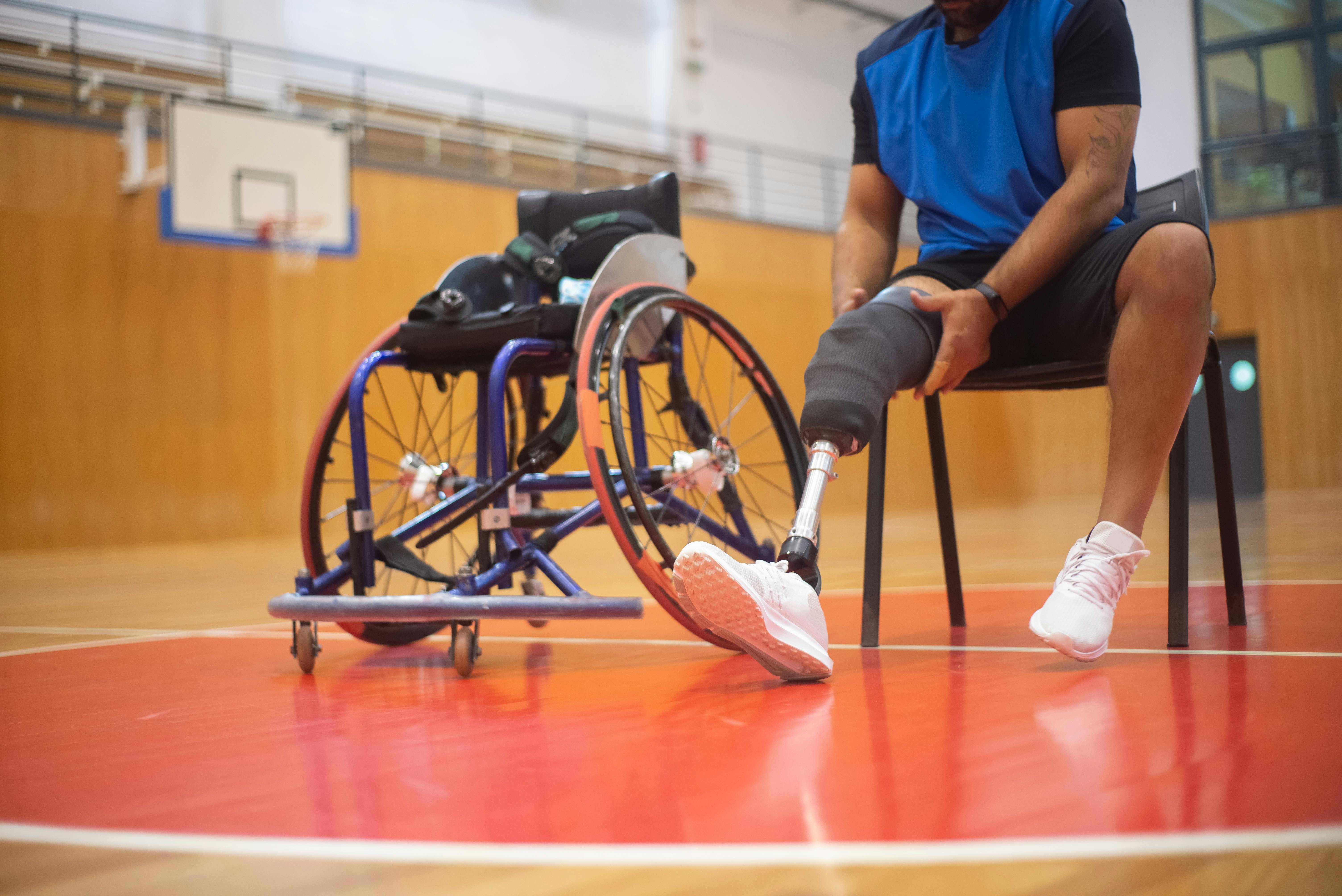Washington in spring is a very splendid thing. Swooping down from the air on a Wednesday morning on an Air Canada flight from Montreal, glimpses of the Pentagon nestled amid the lush greenery, just a stone’s throw from Arlington Cemetery, where the brave and the dead they sleep permanently. As my ears lock and unlock, and the landing gear lowers, I think, “So this is what the hijackers saw on the morning of 9/11,” and it is nothing like the dreary wasteland I had envisioned. The nerve center of the US military is nestled among stately homes and tranquil gardens, surrounded by oak trees and century-old hedges, like the most mundane of the next-door neighbors. Can evil lurk in such a paradise?
While we were banking, I took a look at what I think must be McLean Manor, a well-known tourist attraction for those traveling to Virginia. I understand it’s not that far from CIA headquarters in Langley, which I don’t recognize. My family were McLeans, and some of us really think our story began here in Virginia, 200 years ago and long before the time of Allen Dulles and Wild Bill Donovan, the first architects of American Cold War strategy. It is not, of course. It started on a coffin ship from Ireland up the St. Laurence River to Kingston and beyond. Oh, but wouldn’t it be nice to lie in bed with wealth and power, just for once, instead of the wet boards at the bottom of one of James McGill’s immigrant ferries?
One can only dream.
On the ground at Ronald Reagan Airport, I am told there are few hotel rooms available in Washington that weekend, as my visit coincides with the IMF conference, and thousands of protesters are already arriving, with their hotels booked in advance. . I feel like a fool for coming here anytime, with my Aeroplan miles and no hotel reservation. However, an hour later I am unpacking my backpack in a room overlooking the White House lawn. It costs me $ 200 a night, but I don’t care. Tonight I will sleep next to George W. Bush himself! A terrifying thought. The war in Iraq is being devised from the building below my window. I take a photo of Shrub’s backyard with my disposable camera. As I look into the planet’s thought control center, everything suddenly feels small and manageable. Confidently, I slip on sneakers, jeans, and a T-shirt and head to my destination: the Homeland Security Archives, where 60,000 pages of declassified CIA files are housed in 17 boxes, thanks to a donation from John Marks, who bequeathed the documents to the library so that future researchers, like me, could benefit.
True to my taste for the spontaneous, I have not bothered to phone ahead and tell you that I have come to review the files of MKULTRA, the infamous and mostly illegal CIA-funded project on Mind Control operating in 80 US and Universities. Canadians, including McGill, in the 1950s and 1960s. I just show up at the Gelman Library at George Washington University. I don’t have a badge or pass, and all the signs say I need one to get in, but once I say so I’ve come to look at the files above in the National Security Archives. After a five second phone call, I am allowed to go up to the seventh floor where the NSA occupies a modest office.
When I get there, I introduce myself and ask if I can flip through the documents for a few hours. The secretary says it’s okay as long as I keep my belongings, including pens and notebooks, in one of her lockers, and use only one of her pencils and paper. I have three hours before closing time. I sit down to work, reviewing files on what I believe are MKULTRA sub-projects that directly affected my family. Specifically, subprojects 45 (related to “Production and control of the reaction to stress in human beings) and Project 57 (Sleep). Among the 149 project files, the most well-known CIA mind control project, Subproject 68, is missing. of MKULTRA, made famous by the lawsuit of former victims of Dr. Ewen Cameron’s “psychic driving” experiments at the Allen Memorial Institute at McGill University. The victims won their case, after an endless legal battle, during which all materials related to Project 68 were cited and are now in another archive at the Library of Congress (or National Archives).
What I learn that day is shocking and disgusting and cannot be described in a small article. Among other things that I suspected for a long time, I discovered that Subproject 68 and Cameron’s insane “psychic driving” experiments are just the tip of the iceberg. The other files, and I can only read a few in the two days that I have available, lay out a much larger program, the truth of which has never been revealed. Cameron and his friends oversaw a large network of other CIA research projects, aimed at undermining and destroying individuals and families, physically, mentally, and psychically. Nothing like it had been seen before, and therefore no one at the time was really prepared to understand the extent to which our “core values” had been overthrown by doctors and scientists operating under the Cold War doctrines formulated by law enforcement agents. the CIA whose commitment to deception was absolute and unwavering, which amounts to almost a new religion.
I have 90 pages of photocopies of unclassified CIA documents that describe a number of very disturbing research projects that occurred at McGill under the guise of national security. Many of the details I read on these pages bring back memories that I would rather not awaken.
***
At the National Archives, a huge statue of naked Justice greets the visitor. Below it there is a plaque with the inscription: “The past is prologue.”
I am there the next day, with my disposable camera and backpack, after a pleasant night at the Washington Hotel. At five in the morning I was awakened by a robin singing in the dark outside my window.
What is past and prologue, for me, is my childhood, lived in the shadow of MKULTRA. Through my father’s background in the Air Force, our family was caught up in a nightmare that lasted from 1953 to 1963, the full duration of the MKULTRA project. In the end, we were all traumatized and sick, but no one talked about it. We lived our lives in silence, like concentration camp survivors, making the most of our situation. What is the use of talking about the unthinkable and inexplicable? Only recently, thanks to the internet and the trickle-down effects of the Freedom of Information Act, has it been possible to think and explain what we experienced so many years ago.
My mother would not have agreed with my being in Washington to unearth our past: in her opinion, it was always better to leave suffering buried. In the early 1960s, he suffered a severe autoimmune collapse, just a few weeks after my father returned home after receiving an electric shock at the Allen by one of Dr. Cameron’s most enthusiastic disciples. In later years, when her body collapsed under what doctors described as “the worst case of rampant rheumatoid arthritis ever seen,” my mother adopted a doctrine of forgetfulness and forgiveness. “Let the sleeping dogs lie,” was his motto along with “Forget the bad things that happen in life; remember the good things.” Sensible and helpful advice, especially when you are very, very ill and have no other choice.
At the entrance to the National Archives, I declare my purpose. I’m there to find CIA files relating to my father, a sergeant in the Canadian Air Force who may have worked for military intelligence during WWII and later as well. The security staff member’s eyes go wide when I explain this to him. He tells me I’m in the wrong place and I need to take the shuttle to the other National Archives and Records Administration building in College Park, Maryland. That’s where all the records related to national security are stored. I thank him and run out to the square, where the shuttle bus is about to leave. The traffic is heavy due to the IMF conference that weekend, but an hour later I am telling another security person the same story. I have the same wide-eyed look, and then they tell me that I need a photo ID, for example a passport, which I present. I fill out a form, they take my picture and in minutes I have a pass that allows me to upload to the National Security archives. I am led into an office where, once again, I state my purpose and get the same wide-eyed response from the agent in charge who picks up the phone and asks someone on the other side to send an escort for “2600.” They give me another plaque, marked “2600”, and a nervous young man takes me in an elevator and takes me down a long corridor.
At the end of the hall is a large, modern, air-conditioned office space, built along the lines of a rectangular maze.




